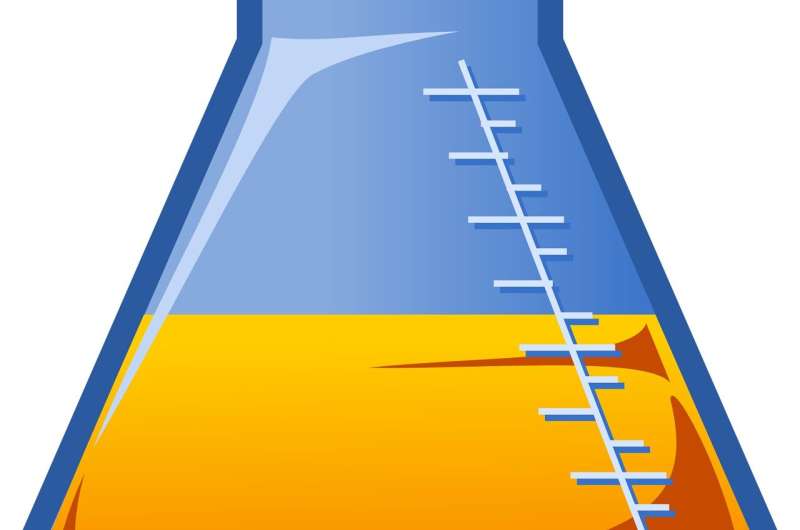Gaps in meth lab clean-ups

An Australian study of companies which test and clean up contamination and chemicals left by illegal methamphetamine labs has raised concerns about inconsistent standards, guidelines and operating procedures when making dwellings safe for future use.
The meth testing and decontamination industry has grown rapidly in Australia and New Zealand in response to awareness about this growing public health problem, putting pressure on clean-up companies to set best practice standards within the guidelines, say experts at Flinders University.
"The guidelines are very broad, so business owners must establish and interpret what techniques and chemicals are most effective," says Flinders University researcher Emma Kuhn, Ph.D. candidate and lead author in a new paper in the International Journal of Environmental Research and Public Health.
"Currently the methamphetamine testing and remediation industry has no standardized methods, nor any regulatory organization to enforce the Australian Government Guidelines, so further reform is required," Ms Kuhn says.
"Not only do residents find it difficult to know who to trust with testing a home for possible contamination, but testing and remediation companies appear to find it difficult to operate with little or no regulation in the industry."
While still a relatively new industry, this nationwide study found more than 100 companies are involved in meth testing and remediation.
Most of the companies who took part in the study were small or medium sized businesses who adapt existing cleaning methods to the comply with the Australian Clandestine Drug Remediation Guidelines.
However, this leaves room for maneuver and different standards of operating and testing, adds senior author, environmental health researcher Associate Professor Kirstin Ross.
"You wouldn't get an unregulated tradie in to do your wiring or connect a gas heater so why would you allow an unregulated person to come into your home and spray chemicals around without a clear idea of what they are doing and what effect these chemicals could have on them and the occupants of the home," asks analytical and forensic chemist and fellow co-author Associate Professor Walker.
Flinders University environmental health senior lecturer Dr. Harriet Whiley and Flinders graduate Dr. Jackie Wright, now director of Environmental Risk Sciences in Sydney, also worked on the paper.
The study provides a foundation for determining common remediation industry practices. Researchers hope to keep working with the industry to raise remediation and sampling techniques in dwellings exposed to both commercial production and personal meth use.
More information: Emma J. Kuhn et al, Overview of Current Practices in the Methamphetamine Testing and Decontamination Industry: An Australian Case Study, International Journal of Environmental Research and Public Health (2021). DOI: 10.3390/ijerph18178917
Journal information: International Journal of Environmental Research and Public Health
Provided by Flinders University




















